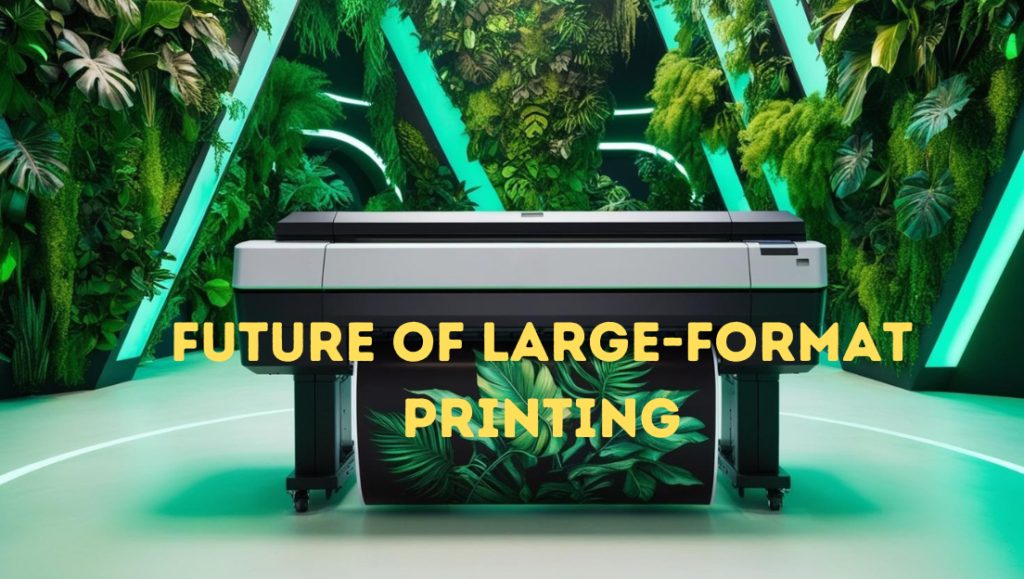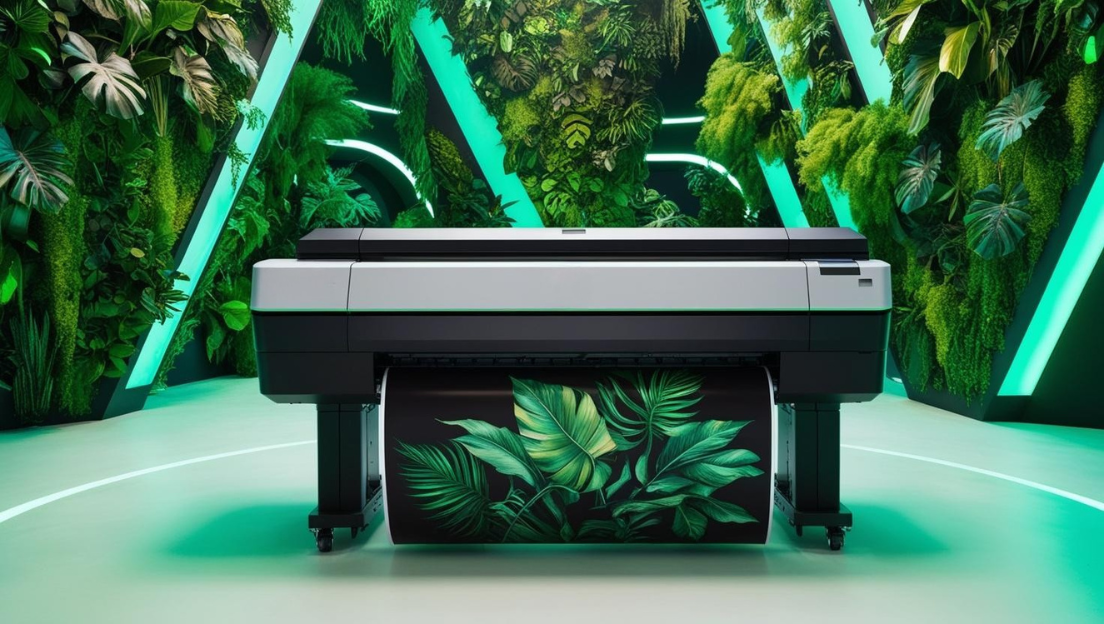By Mike Boyle
Global Head, Large-Format Printing, HP
At HP we are already looking to the year ahead and all the ways we can leverage technology and innovation to work smarter for our customers. In 2025, we’ll see some transformative changes in the Large Format Print (LFP) industry, as it continues to embrace AI (artificial intelligence), sustainability and remote innovation. As the year progresses, new products and processes are set to redefine efficiency and creativity as we know it, driving the industry toward a more customer-centric future.
AI in Large-Format Printing
We’re seeing countless AI applications start to roll out across the LFP sector, improving our access to insights and making projects run smarter. Added to which, automation is helping to bridge the industry’s skills gap and improve efficiencies. At this year’s HP Imagine event, we unveiled HP Print AI, the industry’s first intelligent print experiences for large format printing. It unlocks all sorts of possibilities for creativity, productivity, and collaboration.
When we look to AI in graphics, we’re seeing data from existing printer fleets increasingly being used to predict current and emerging customer needs, for customizable and personalized experiences, and for insights about machine behavior. This data can not only tell us more about what print profiles will need to look like but facilitate predictive and proactive maintenance to reduce machine downtime.
In 2025, I think we’ll see a move away from cloud-based products to more computing at the edge, for real-time error detection and productivity improvements – and to automate print job profiles for more streamlined operations.
We’re also seeing plenty of AI innovation in the architecture, engineering, and construction (AEC) space, including the launch of our own HP Build Workspace for project management. The application can be used to create and organize site observations, collaborate among stakeholders, and automate field reports and other repetitive tasks. In fact, by simplifying complexity, improving communication and automating manual processes between the office and field sites, it can reduce construction project lead times from three days to as little as 20 minutes, depending on design complexity.
AI-powered vectorization and indexing is now being employed across the sector for improved accuracy and time savings too. This is taking the form of applications that can automatically detect numbers, indexing, or formatting, for example to find out how many windows there are in a building.
Meanwhile, on-site, we’re seeing more and more AI tools being used for project logging, combining voice, text, and photo integration. This not only saves architects considerable time but takes a lot of manual work out of the process.
More broadly, AI is enabling 24/7 operations in lieu of an 8-hour shift, with minimal human intervention. Tools such as the roll-to-roll printers that are hitting the market are optimizing equipment utilization and productivity.
Sustainability in Print
Sustainability initiatives are gathering pace, with 2030 fast approaching as we reach the decade’s midway point. In fact, 85% of PSP customers now demand sustainable products and practices1. I’m proud of HP’s commitment to circularity; its efforts to source materials responsibly and advance recycling efforts is matched by its use of eco-friendly latex inks. These are water-based, odorless, and made with 65% reclaimed water used in manufacturing.

I think we’ll continue to see industry shifts towards more environmentally-friendly systems and solutions as we move into 2025, such as collaboration with media manufacturers to develop more sustainable materials as well as LFPs responding to consumer expectations by reducing landfill contributions and promoting circularity. A good example of circular design principles in practice that I saw in Korea was pop-up displays made from cardboard for trade shows, which can be easily reused or recycled, aligning with sustainable practices.
When it comes to large-format printing for AEC (architecture /engineering / construction), improved design and building techniques will no doubt produce highly efficient new buildings. But more than 85% of today’s buildings are likely to still be in use in 20502. Therefore, how we choose to renovate these will also be crucial when it comes to meeting environmental goals. With the building sector accounting for around 40% of the EU’s energy consumption and 36% of its greenhouse gas emissions,2 building renovation based on circular principles can contribute in important ways to achieving climate neutrality.
Remote and Democratized Printing
We’ve further to go in enabling remote capabilities to improve accessibility in the graphics industry. However, two applications we’re seeing more and more are remote error detection and peace-of-mind monitoring, to ensure that the device is working, and the job is being done correctly. We’re also seeing more queue manipulation to allow urgent requests to be prioritized, even if someone is not physically there to facilitate it.
When it comes to remote working in AEC, we’re seeing increasing flexibility for workers to be able to access projects remotely. These include mobile apps offering remote project access for architects and engineers, as well as the democratization of vectorization, project logging and print-on-demand services.
More broadly, barriers to produce are being removed and users increasingly have access to cloud and remote based printing services on mobile or PC. Web-based content creation platforms such as Canva and Zazzle are enabling consumers to remotely design and print professional posters and brochures and a full range of merchandise, using predefined and customizable graphics and designs. In this way, they are enabling creativity for local businesses with global efficiency.
Innovations like these are set to benefit all sorts of organizations, from project management firms to government departments, the education sector and retail.
Looking Ahead: 2025 and Beyond
HP is kicking off 2025 with its landmark launch for the Latex series in the Spring that combines hardware innovation with software evolution.
While the impact of AI is still emerging in the large format sector, companies that have already implemented automation in their infrastructure will be the ones most likely to benefit from enhancements that are set to completely redefine customer experiences.
When it comes to the future of work and design, we’ll see new opportunities in interior design and decoration, with a focus on sustainable, visually appealing designs to meet modern consumer preferences.
Sources
2Construction Services Compendium, executed by McKinsey & Company for HP, June 2022

